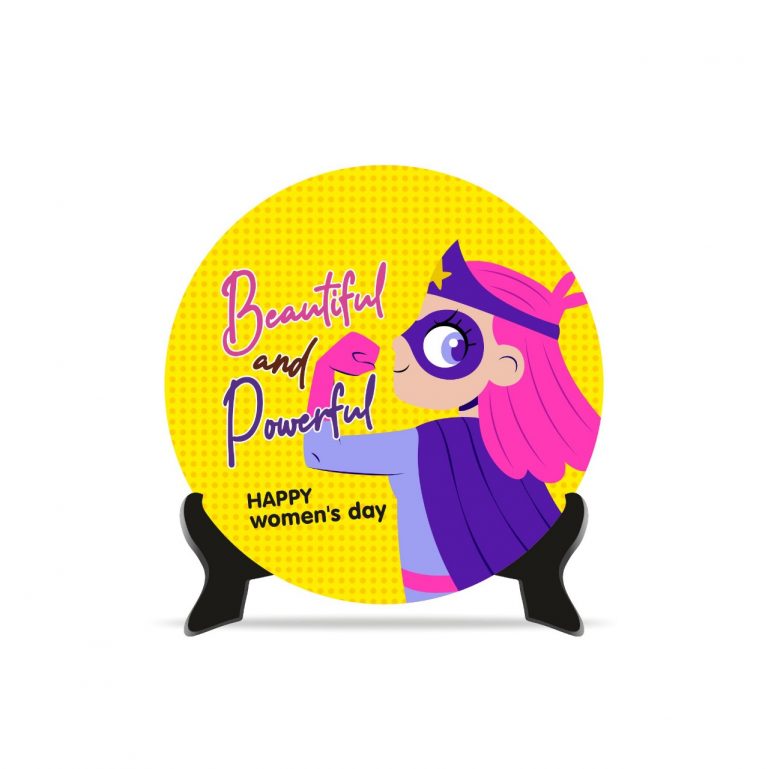A New Reality for Workplaces
As the workplace continues to evolve, especially in the post-pandemic world, organizations are discovering new challenges in managing talent. One rising trend that has sparked debate among HR leaders and business owners is moonlighting. While it’s not entirely new, moonlighting has become more visible in recent years due to the rise of remote work and the flexibility brought by the gig economy.
But what exactly is moonlighting? Should employers be concerned? And how can companies address it without stifling employee freedom or risking legal complications? This article explores what moonlighting means, the potential risks, and how organizations can manage it effectively with a well-crafted employee moonlighting policy.
What is Moonlighting?
Moonlighting refers to the practice of employees taking up a second job or freelance work outside their primary employment. This could be during evenings, weekends, or even-if not carefully managed-during official work hours. For instance, a software developer working full-time at a tech company might also freelance as a web designer after hours.
While moonlighting may seem harmless in some cases, it can raise questions about dual employment, loyalty, and productivity. Some employees view it as a way to supplement income or pursue passions, but for employers, it can create a grey area in terms of ethics and compliance.
With remote work becoming normalized, monitoring external work has become harder, making it all the more critical for organizations to have clear policies in place.
Why Moonlighting Is Gaining Popularity
The gig economy impact on employment cannot be overstated. Platforms like Upwork, Fiverr, Swiggy, and Ola have opened new doors for professionals and gig workers alike. Many skilled employees are tempted to explore secondary income streams, either out of financial necessity or personal interest.
In India and globally, companies saw a surge in moonlighting during the pandemic as professionals sought to secure additional income or simply make better use of their time. The trend has stayed strong as the gig economy continues to grow.
However, this shift brings significant implications for traditional employers. Without proper boundaries, this can lead to conflict of interest at work, reduced performance, or even legal complications if sensitive company data is involved.
Dual Employment and Its Risks
Dual employment is not always illegal, but it becomes problematic when it breaches contract terms or company interests. Most employment agreements include clauses that prevent employees from engaging in other work that may affect their performance or pose a conflict of interest at work.
The risks of dual employment include:
- Decreased focus and productivity during working hours
- Use of company resources for personal gain
- Fatigue or burnout affecting job performance
- Exposure to proprietary information and trade secrets
- Competing business interests or client overlap
For example, if an employee working at a digital marketing firm also takes freelance projects from a competitor, it creates a serious conflict of interest at work. Similarly, moonlighting that involves sensitive data sharing can have legal consequences.
The Role of an Employee Moonlighting Policy
To navigate these challenges, organizations must create and communicate a clear employee moonlighting policy. This policy should outline what constitutes acceptable and unacceptable secondary employment, the process for disclosure, and any disciplinary actions for violations.
A good employee moonlighting policy should include:
- Definition of moonlighting and its scope
- Rules on disclosure of outside work
- Conditions where dual employment is permitted
- Conflict of interest and confidentiality clauses
- Guidelines on use of company time and resources
Transparency is key. Rather than banning all forms of moonlighting, a balanced approach can encourage trust and honesty. For instance, allowing external work that doesn’t interfere with job duties or pose a conflict of interest at work shows flexibility while protecting business interests.
Balancing Autonomy and Accountability
Today’s employees, especially younger generations, value freedom, side projects, and creative expression. Employers who impose rigid restrictions without dialogue may risk losing top talent. Instead of outright bans, companies can adopt flexible frameworks that account for the gig economy impact on employment while safeguarding their core business.
Related Posts
Some companies now allow dual employment under certain conditions, such as prior disclosure, non-competing industries, or roles outside regular work hours. This approach helps build a culture of trust, reduces attrition, and positions the employer as modern and understanding.
Leaders must also educate teams about ethical considerations and how moonlighting can cross into problem areas. Not every side hustle is a red flag-but failing to disclose it certainly is.
Legal and Ethical Considerations
It’s important to note that laws related to dual employment and moonlighting vary across countries and sectors. In India, for example, dual employment is not illegal but may breach company-specific contractual obligations. In certain industries like IT, banking, or defense, stricter norms apply.
An employee moonlighting policy should be legally vetted to ensure compliance with local labor laws. Companies should also clearly mention moonlighting clauses in offer letters, NDAs, and employment agreements to avoid ambiguity.
HR teams need to conduct regular awareness sessions about data privacy, professional conduct, and the dangers of unapproved secondary employment-especially in light of the gig economy impact on employment and the growing acceptance of freelance work.
How to Handle Moonlighting Situations
When you suspect or discover moonlighting, the first step is to verify the facts. Jumping to conclusions without evidence can damage employee trust. Conduct a discreet, fair investigation. If dual employment or conflict of interest at work is confirmed, refer to the employee moonlighting policy before taking action.
Possible approaches include:
- Confidential discussions to understand employee motivation
- Review of job contracts and disclosure documents
- Written warnings or mandatory disclosures for future gigs
- Termination, in serious breach cases involving competition or data theft
However, not all instances require disciplinary action. If an employee is tutoring on weekends or selling handmade products online, and it doesn’t affect their primary job, flexibility might be the better route.
The goal is to strike a balance-protecting company interests without alienating good employees navigating the modern world of work.
Policy, Not Paranoia
Moonlighting is a trend that’s here to stay, especially with the ongoing gig economy impact on employment. While it raises real challenges, it also reflects the evolving aspirations of the workforce.
Organizations must respond with clarity, not fear. A thoughtful employee moonlighting policy, combined with open communication and ethical guidance, can help address concerns without stifling employee ambition.
When managed right, companies can uphold integrity and performance while respecting the new norms of work. It’s time to move from policing to partnering-with policies that support both business success and employee freedom.
Disclaimer: The views, data and case studies we publish on our website are purely based on publicly accessible information and organizational disclosures. Amazing Workplaces® does not take a position on any legal or regulatory matters concerning any information available on our website.








